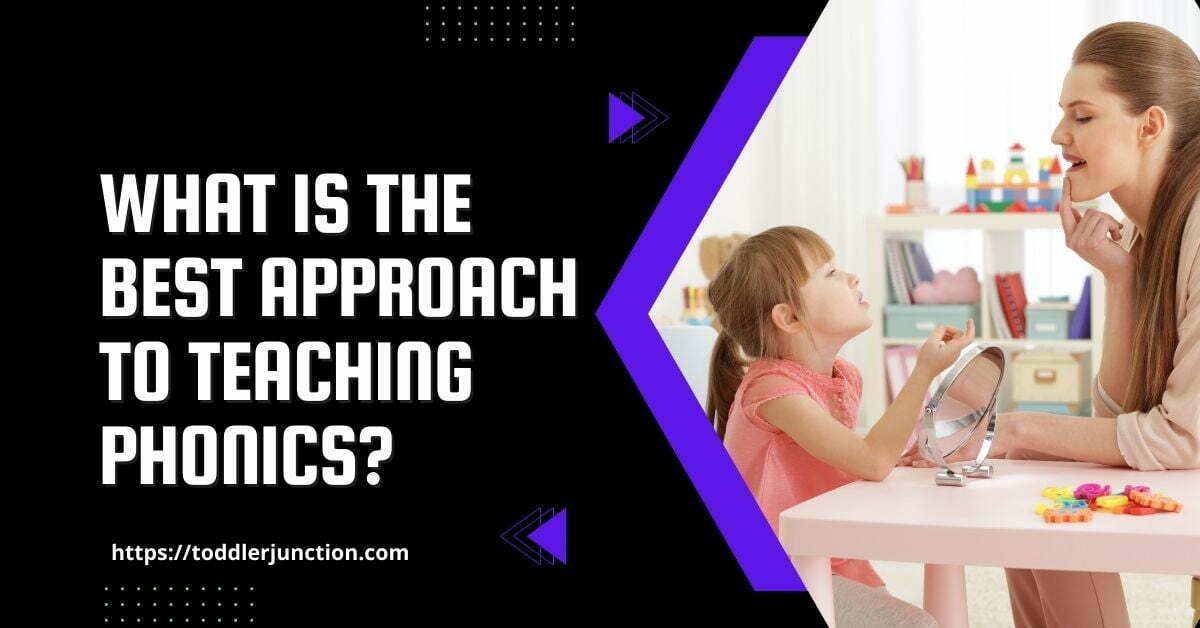There are many ways to teach phonics; it can take time to determine the most effective for a specific student or group. This blog post will provide an overview of the various approaches to teaching phonics, their essential elements, and the advantages and disadvantages of each.
It will then explain how best to teach phonics based on its benefits for students. Finally, this post provides strategies for implementing this approach in classrooms.
Establish a strong foundation in letter sounds
Eliminating confusion about letter sounds is an essential step in teaching phonics. This involves helping children to recognize the sounds of individual letters and how they are combined to form words.
It is necessary to introduce them to the phonetic sounds of alphabet letters as early as possible. Activities such as tracing letters and pronouncing sounds can help reinforce this knowledge.
Additionally, resources such as books, songs, and flashcards should be available so that students can access materials that support good recognition skills for each letter of the alphabet.
Teaching letter Combinations
Teaching children the basics of phonics using letter combinations is a great way to help them understand how letters make sounds and work together to form words.
Begin by introducing short combinations like /ch/ or /sh/. Once they are familiar with these simple combos, you can begin teaching longer sequences, such as /the/.
By practicing this learning early on, your child will be better prepared for later stages in their schooling when more complex syllables and words need to be learned.
Teaching Blending Sounds
Teaching blending sounds is an effective way to help students learn to read. This approach to phonics focuses on assisting students in recognizing patterns in spoken language and then using that knowledge to sound out words. When students can identify the initial, medial, and final sounds in words, they can quickly and accurately read them. To teach blending sounds:
- Begin by introducing each letter’s sounds and then focus on how the different sounds blend together.
- Use visuals such as pictures and word cards to help students practice blending the sounds.
- Provide extra support to those who need it, such as by having them practice blending aloud or in pairs.
Promoting Phonemic Awareness
Phonemic awareness is a fundamental skill for reading. Teachers should promote this ability by focusing on four areas:
- Blending: Blending involves combining different phonemes to form words.
- Segmenting: segmenting separates one sound from another within a word.
- Manipulating: Manipulating changes a word’s beginning, middle, or end.
- Identifying individual sounds in words: identification identifies specific phonemes.
By teaching students how to identify and manipulate these various elements of spoken language, they can become better readers.
Use Multisensory Activities and Games
One effective way to teach phonics is through multisensory activities and games. These activities help engage students, make learning more fun, and reinforce what has been learned.
They also allow learners to apply knowledge interactively while developing associations between sounds and written symbols.
Conclusion
Practical phonics instruction is essential for early literacy development and helps children build the foundation to read and write.
There are many different approaches to teaching phonics, so teachers must know how best to use this method with their students.
Educators can help their pupils learn what they need to be successful readers by being aware of how to employ practical phonics effectively.


